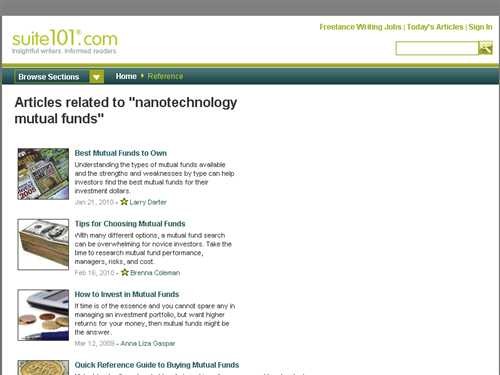The Dangers of Leveraged ETFsKiplinger
Post on: 16 Март, 2015 No Comment

There are plenty, but these funds can have a place in your portfolio.
By Thomas M. Anderson, January 20, 2010
Leveraged exchange-traded funds bring new meaning to the unfortunate concept of “heads I win, tails you lose.” As the performance of some of these ETFs in 2009 showed, you can bet correctly and still end up losing money — occasionally, large amounts of it.
Leveraged ETFs — those that seek to double or triple the returns of an index — were among last year’s best-performing funds. Some were downright scintillating. But some of these funky funds lost money even though the indexes they purported to track delivered positive returns in 2009.
Assets in these funds grew 36%, to $29.6 billion, in 2009, helped by the launch of 26 leveraged ETFs during the year. Despite the category’s name, these ETFs don’t use leverage — that is, borrowed money — to goose the returns of their underlying indexes. Instead, they rely on swaps and derivatives to do the heavy lifting.
But that’s not why leveraged ETFs often go astray. The problem is that these funds can guarantee achieving their goals only on a daily basis. Hold these funds over periods longer than a day and the arithmetic of compounding takes over, magnifying losses far beyond what you might expect.
Advertisement
Consider this scenario: Suppose Standard & Poor’s 500-stock index climbs 10% on Monday, then drops 10% on Tuesday. You are not at even money. A $100 investment in an S&P 500 ETF at the market’s open on Monday jumps to $110 by the end of the day, then sinks to $99 by the end of Tuesday. You’re out 1% over two days. But if you buy a double-leveraged ETF, your loss is more than double. An investment of $100 soars to $120 after Monday’s 10% gain, then tanks to $96 by the Tuesday close. Double leverage has amplified your two-day loss from 1% to 4%; the loss would be 9% in a tripled-leveraged fund. The math is similar with inverse leveraged ETFs — those that seek to deliver two or three times the returns of an index in an opposite direction.
This scenario plays out in both bull and bear markets. Volatility and negative compounding mean that investors in leveraged funds will lose money over time, except for the fortunate few who successfully trade in and out of the funds. Take Direxion Daily Financial Bull 3X. Its benchmark, the Russell 1000 Financial Services index, gained 20% in 2009, but the triple-leveraged fund lost 40%.
The Financial Industry Regulatory Authority has wagged its finger at leveraged ETFs. Last June, Finra issued a warning that declared these funds “unsuitable” for most investors. The alert spooked some brokers. Ameriprise, Edward Jones and UBS have stopped offering leveraged ETFs to clients altogether. And even if you are able to buy a leveraged ETF through your broker, expect to be bombarded with more warnings than a chain smoker.
Despite all the disclaimers, leveraged ETFs can have a place in a portfolio if they’re closely monitored. Lee Munson, an Albuquerque financial planner, has recommended inverse Treasury ETFs to some of his clients to hedge against rising interest rates.

When Treasury yields rise from today’s historically low levels, as they are almost sure to do, bond prices will fall and inverse bond funds will generate gains. Because bonds are less volatile than stocks, the impact of negative compounding on these funds over periods longer than a day is less dramatic than on leveraged ETFs based on stock indexes.
Munson prefers ProShares UltraShort 20+ Year Treasury (symbol TBT ), which aims to provide investors with twice the daily inverse return of the Barclays 20+ Year U.S. Treasury index. But expect this fund to return considerably less than twice the losses in a Treasury index over time, because fees and the cost of leverage — not to mention the modest effects of compounding — will drag down returns. “These funds are blunt instruments,” says Munson.
Borrowing trouble
This list includes the five worst-performing bull-market, leveraged ETFs in 2009 and the five worst-performing leveraged, inverse ETFs.
Bull-market ETF losers
Direxion Daily Financial Bull 3X (FAS )














